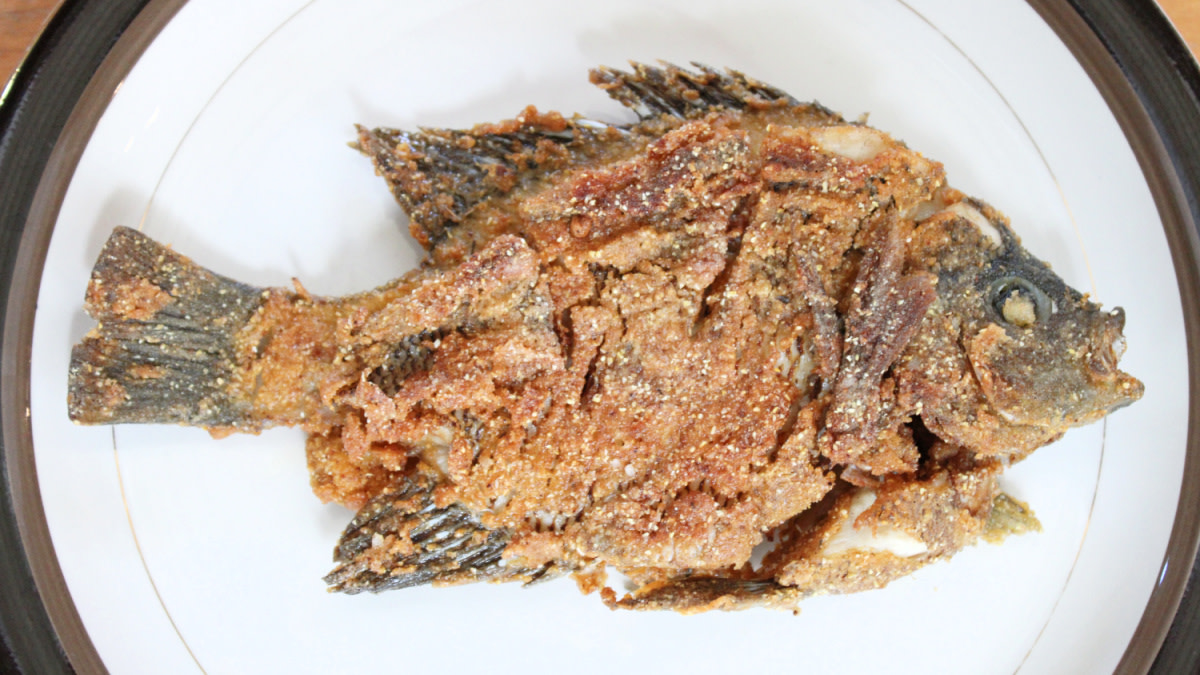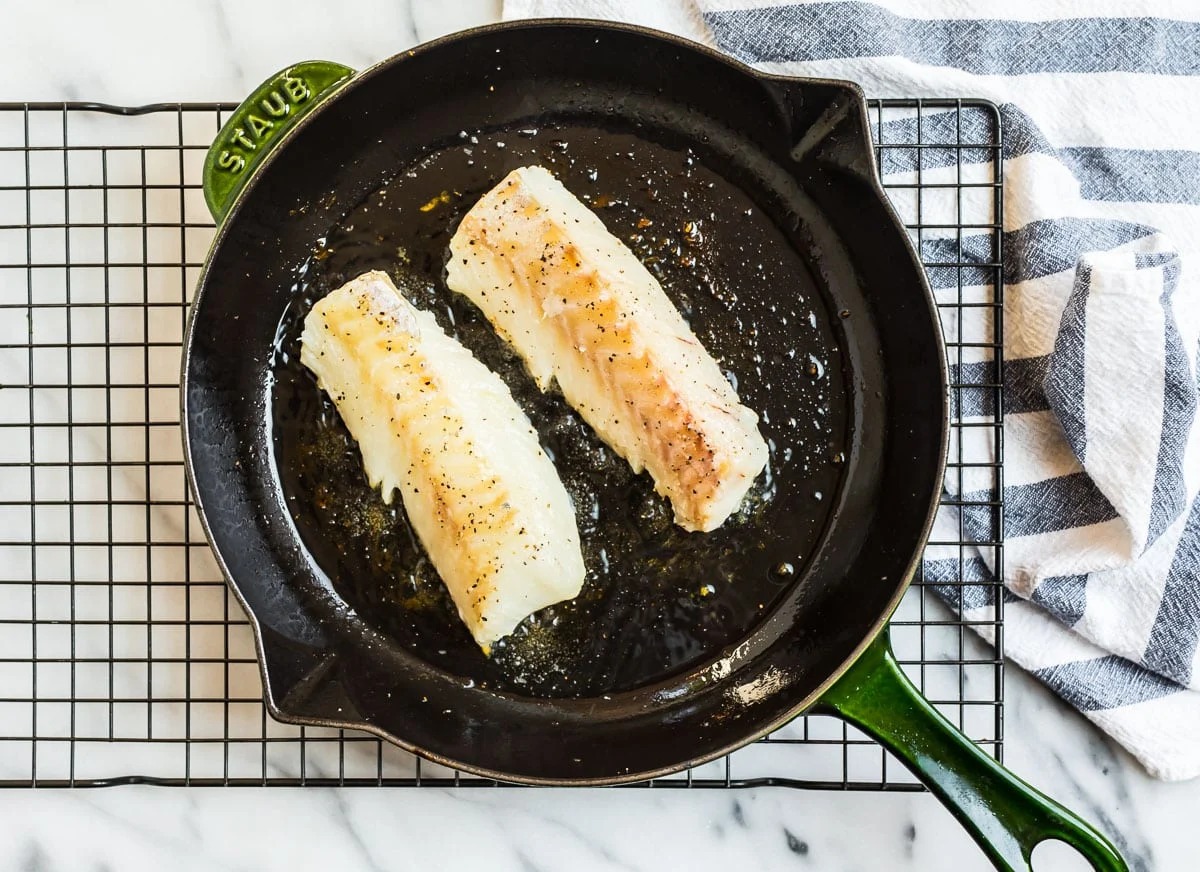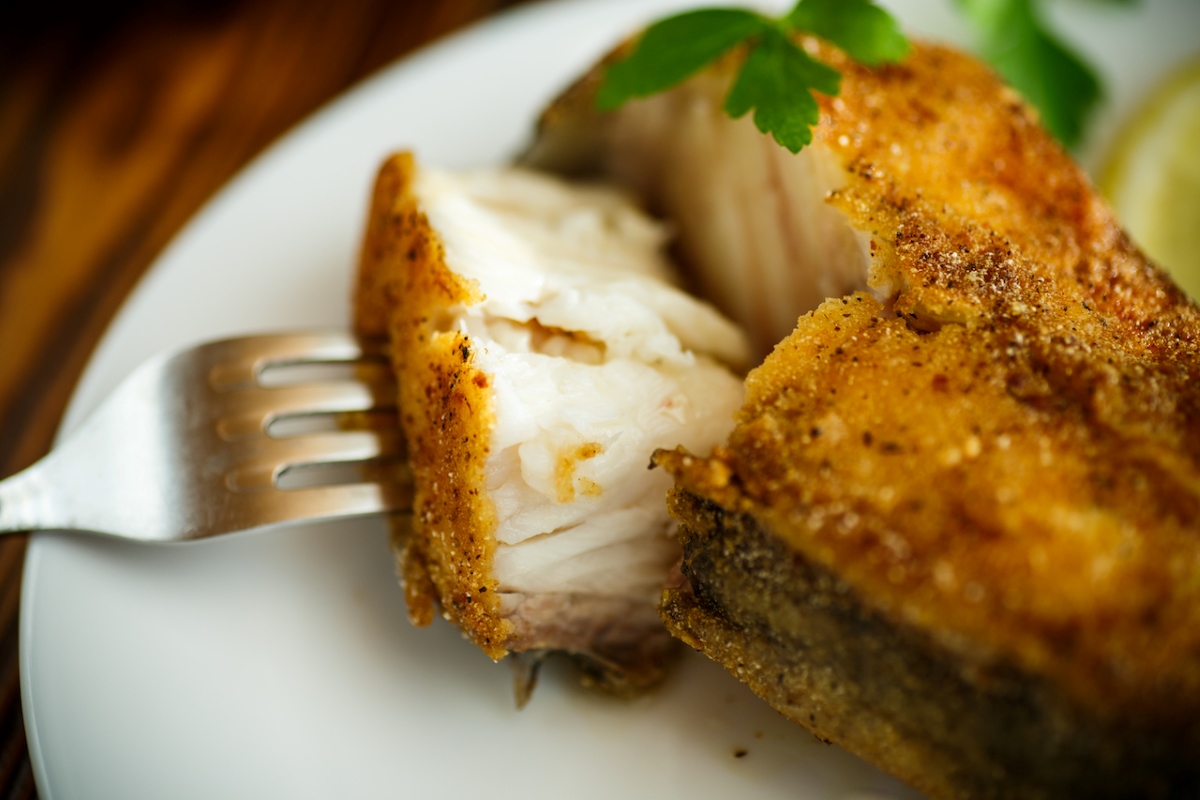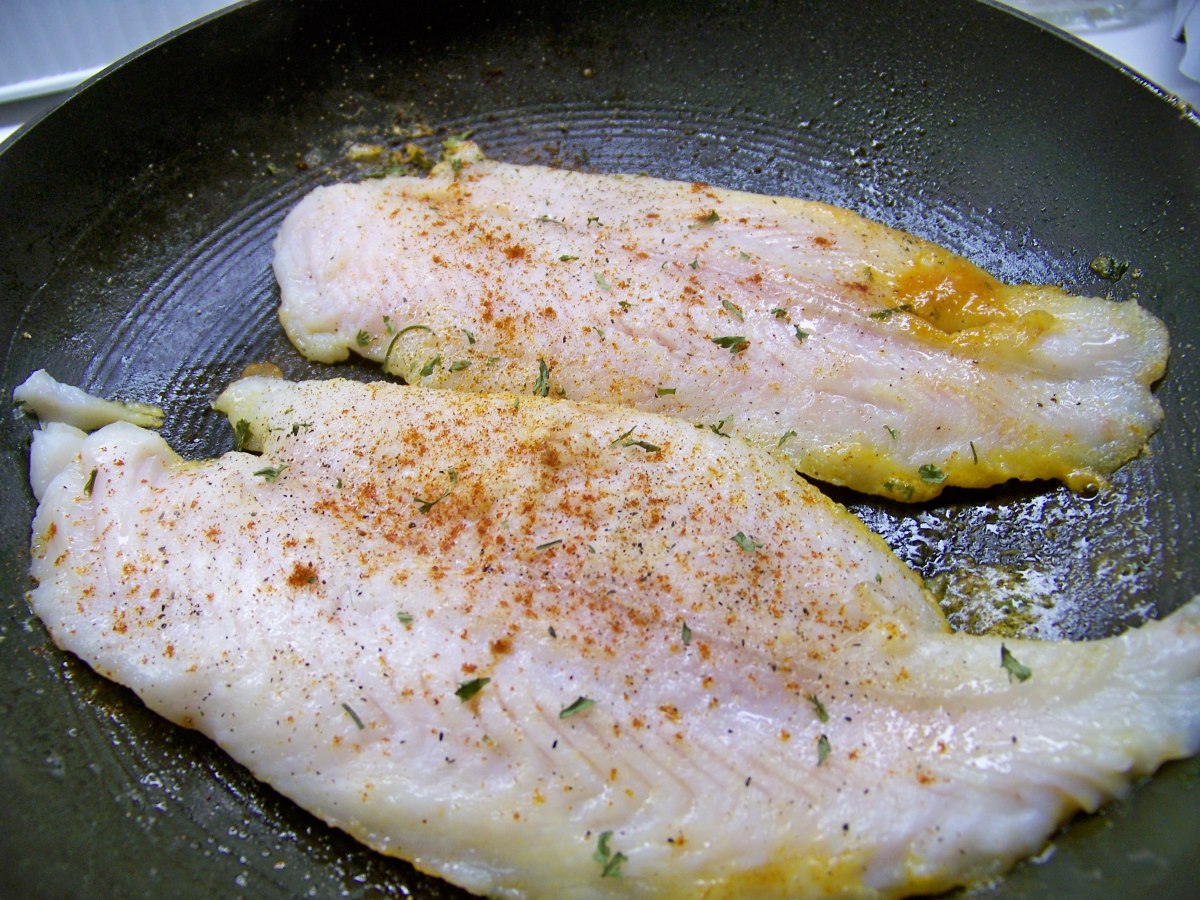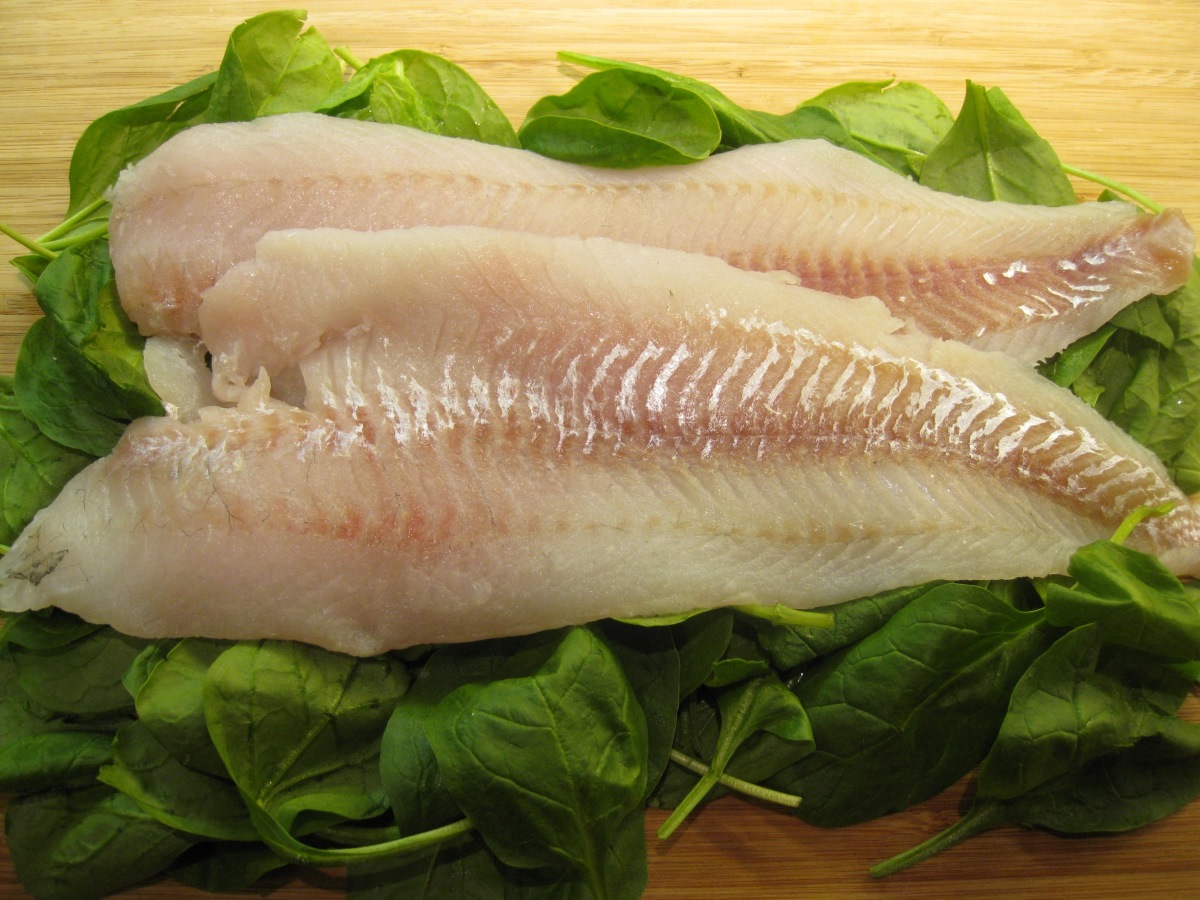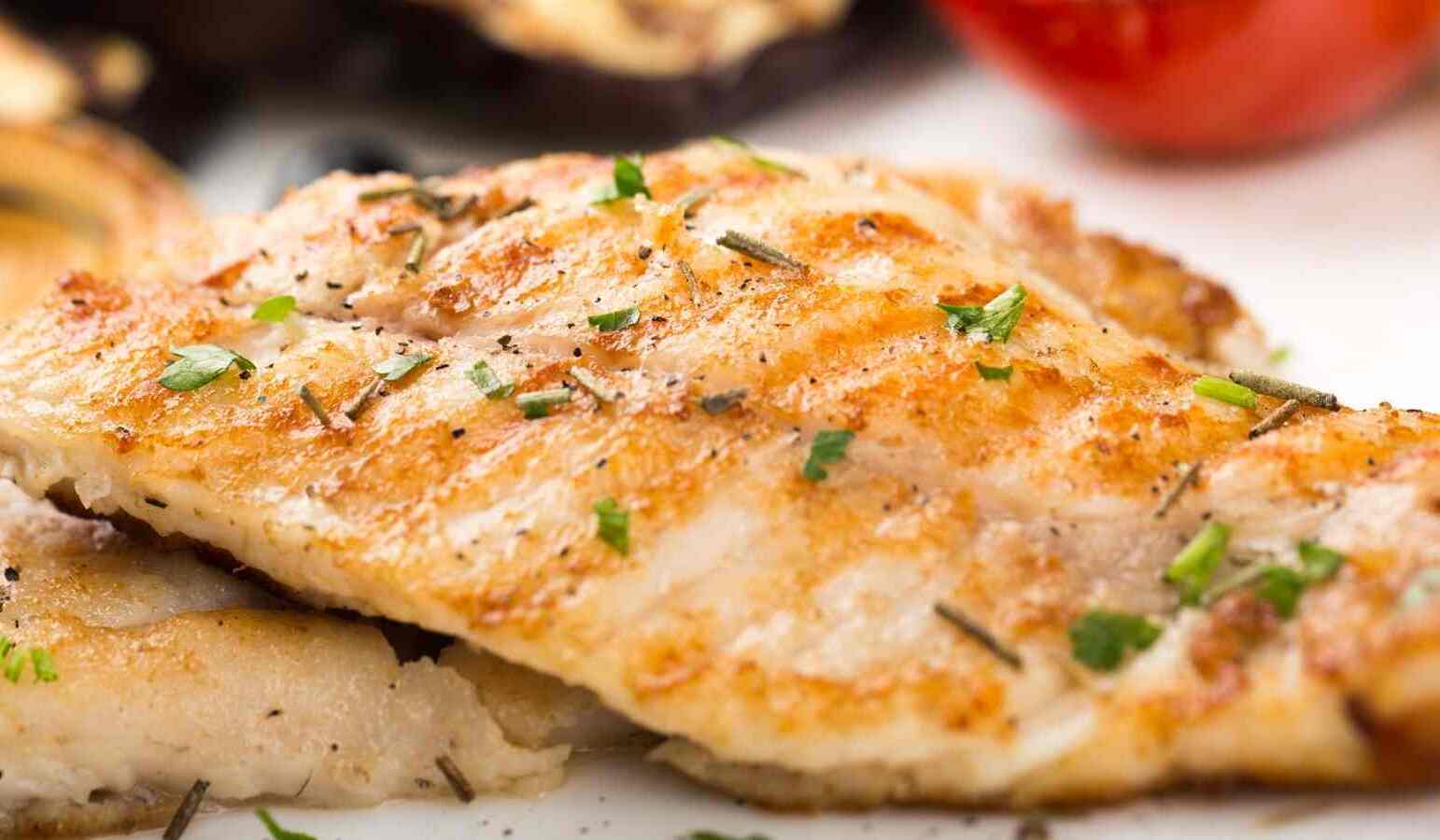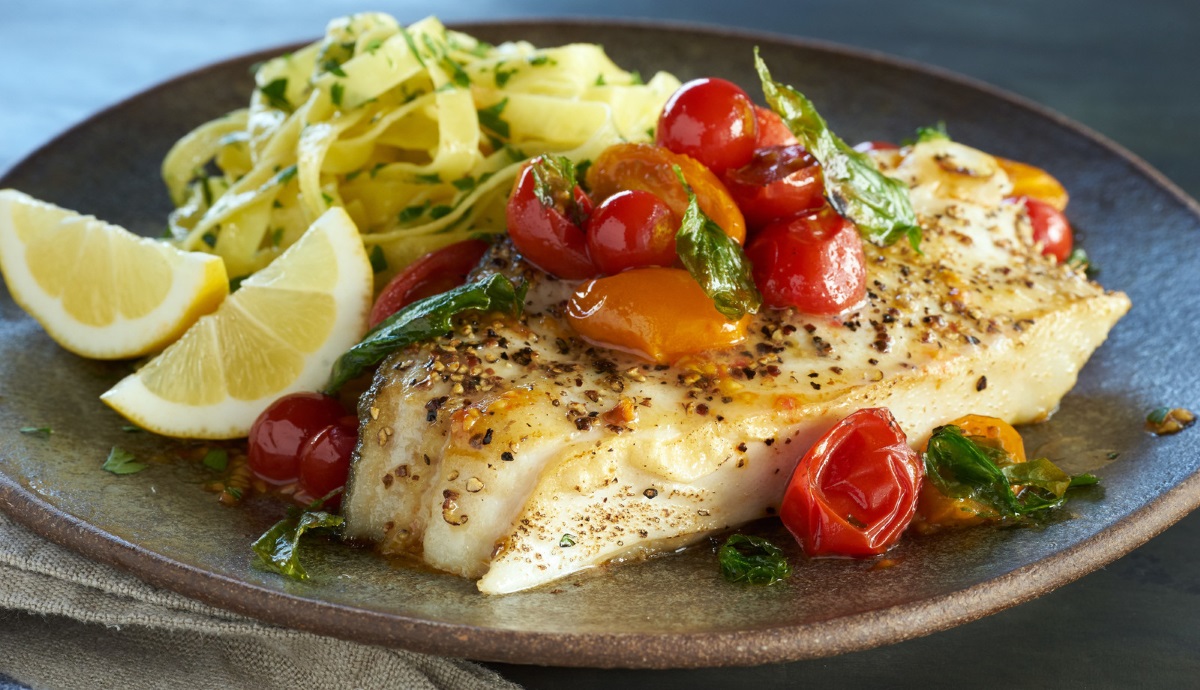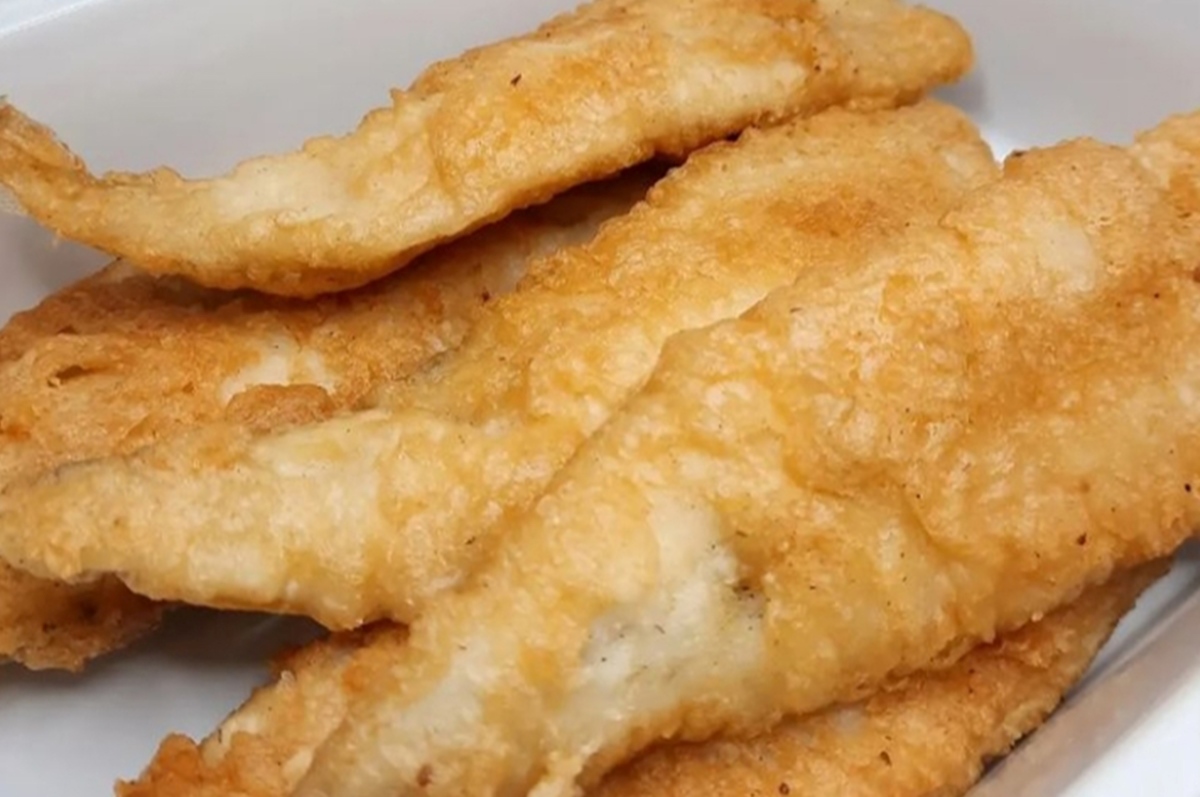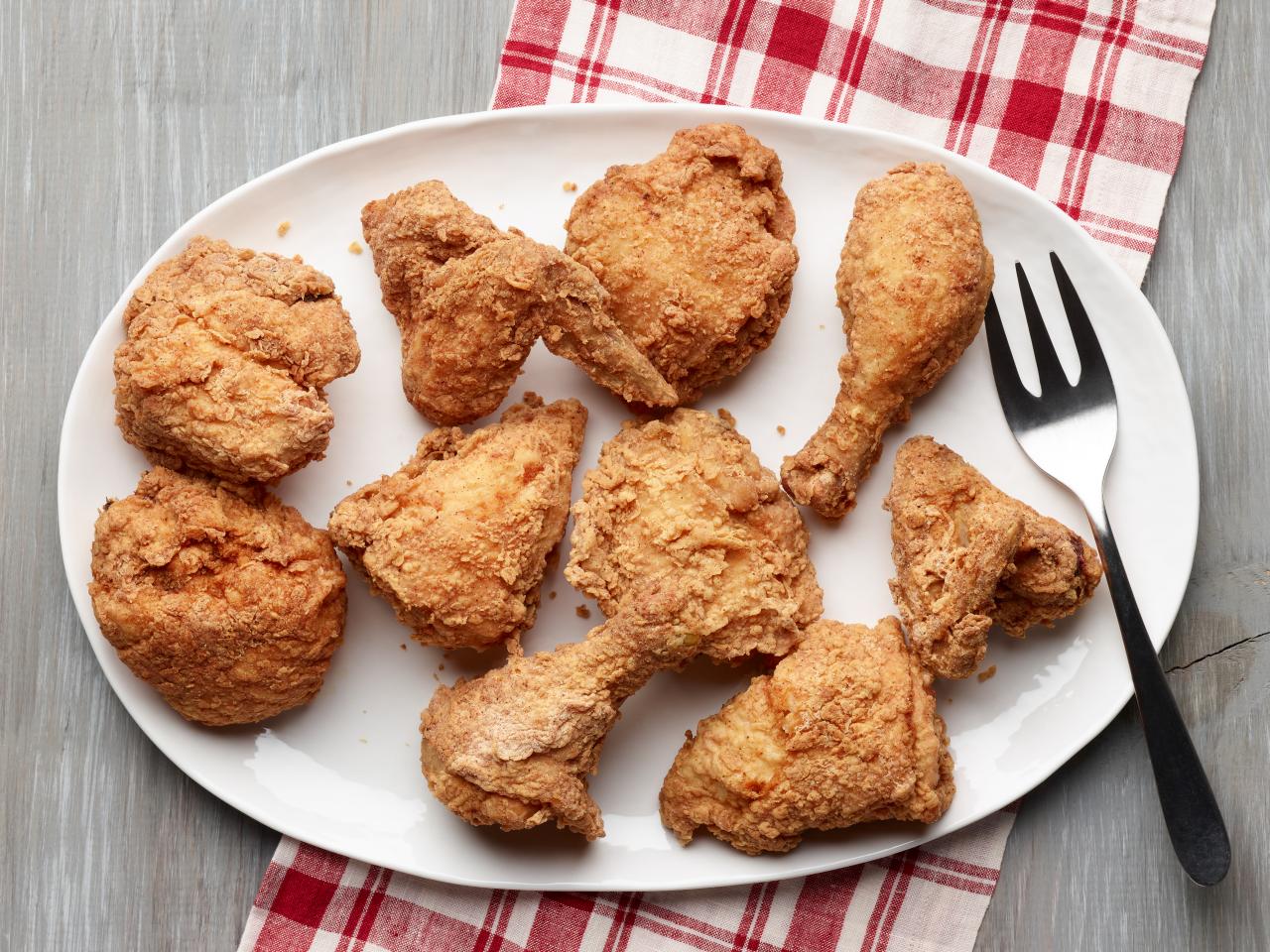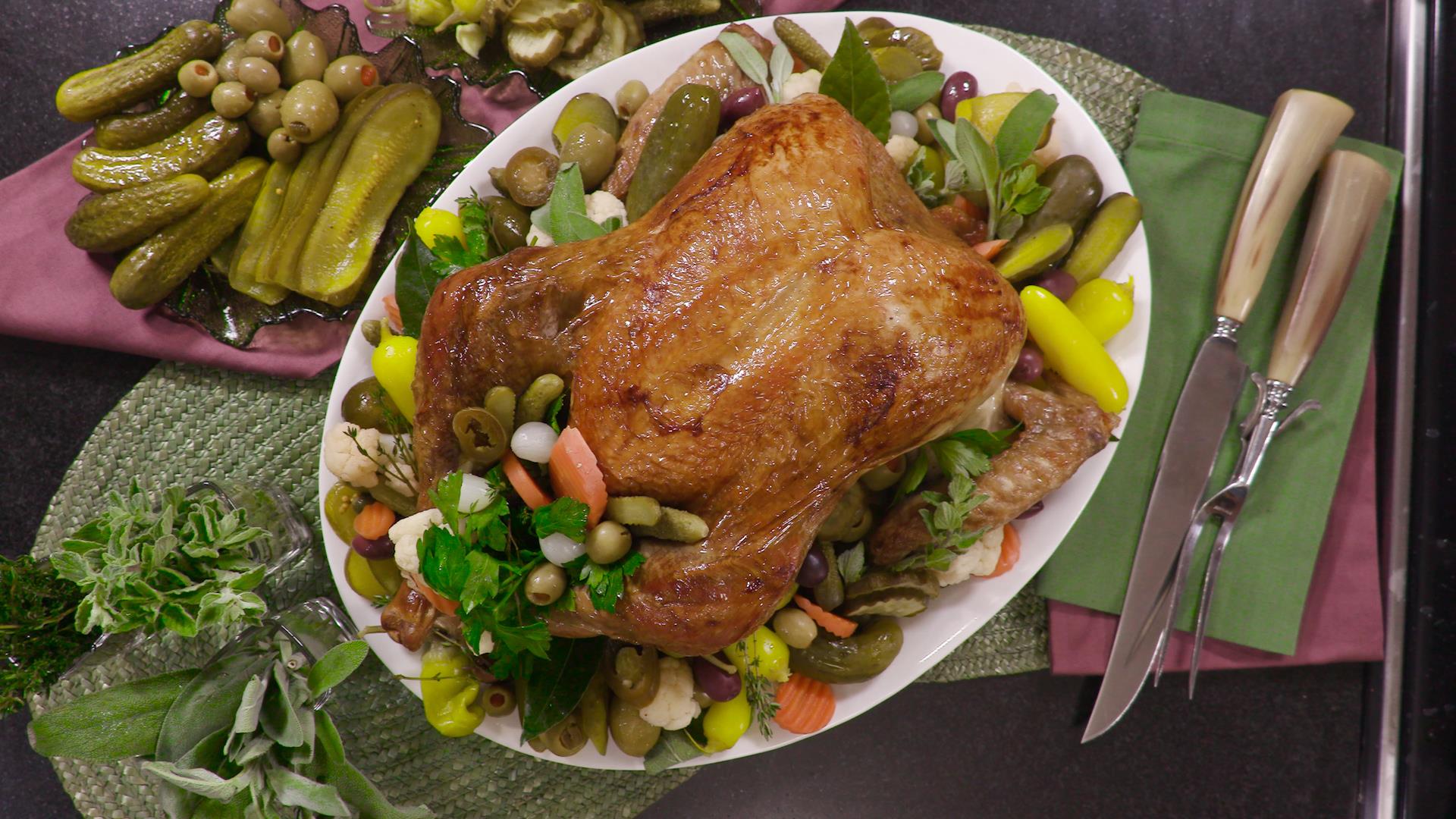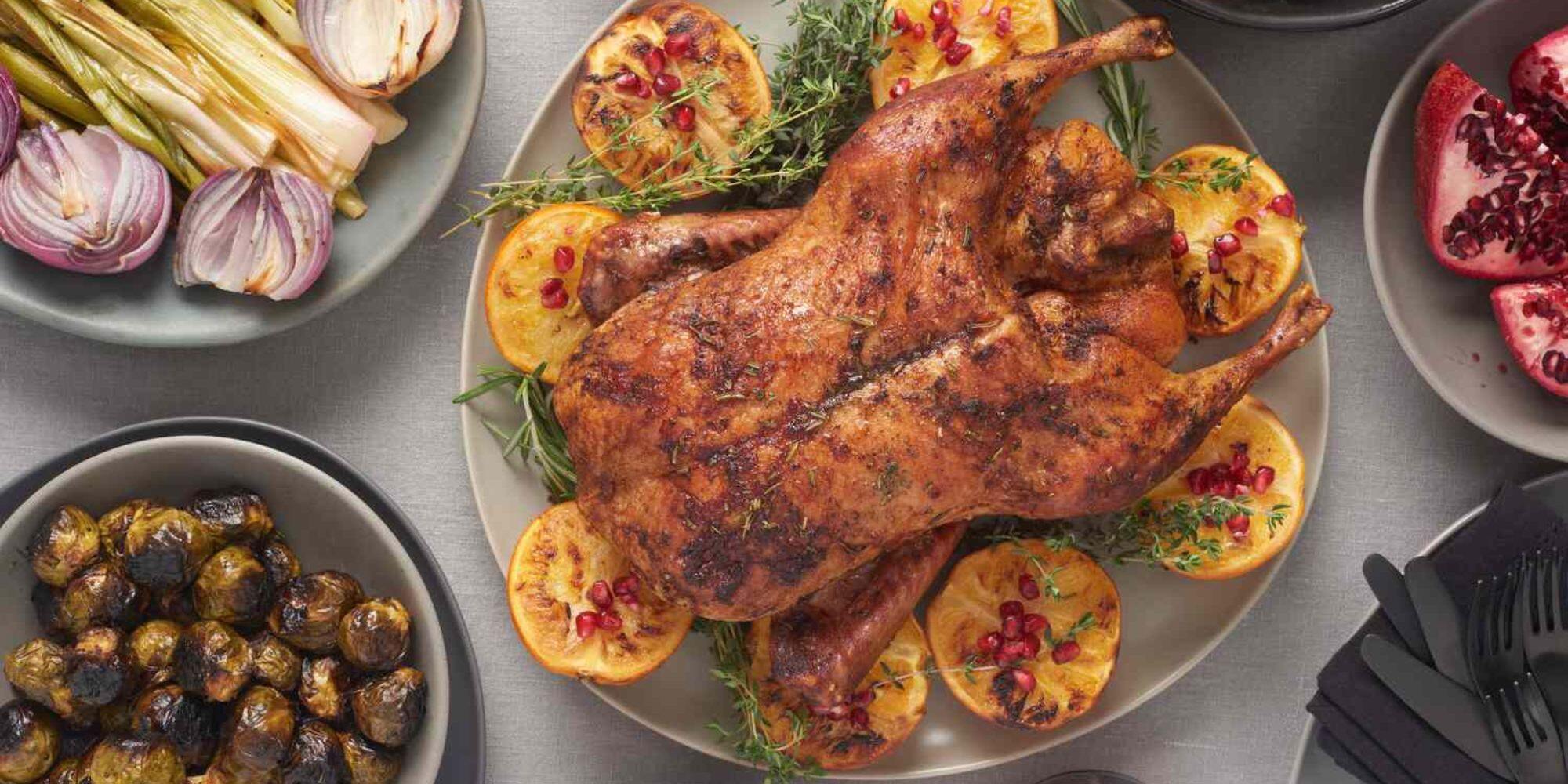Pan frying Barramundi fillets is a culinary delight that combines simplicity with elegance. This method brings out the fish's delicate flavor and gives its skin a deliciously crispy texture. Barramundi, known for its buttery taste and meaty texture, makes for a versatile dish that pairs well with a variety of seasonings and sides. Whether you're a seasoned chef or a kitchen newbie, mastering the art of pan frying this fish will add a gourmet touch to your meal repertoire. With just a few tips and tricks, you'll be on your way to serving up a restaurant-quality Barramundi dish right from your own kitchen.
Gather Your Ingredients for Delicious Barramundi Fillets
- Barramundi fillets (4, skin on)
- Salt (to taste)
- Black pepper (freshly ground, to taste)
- Olive oil (2 tablespoons)
- Butter (2 tablespoons)
- Garlic cloves (2, minced)
- Lemon (1, for juice and zest)
- Fresh parsley (chopped, for garnish)
Essential Tools for Perfectly Pan-Fried Barramundi
- Non-stick frying pan
- Spatula
- Paper towels
- Plate
- Tongs
Pan frying barramundi fillets requires medium-high heat, a non-stick skillet, and minimal oil. Season both sides, cook skin-side down first for crispiness, then flip gently to finish.
The Secret Behind Perfectly Pan-Fried Barramundi
Pan-frying barramundi fillets is a simple, quick method that brings out their mild, buttery flavor. This technique allows for a crispy skin and tender flesh, enhancing the fish's natural taste. Ideal for a healthy meal, pan-frying requires minimal ingredients, making barramundi a versatile choice for any day of the week.
Using just a bit of oil and some basic seasonings, chefs can transform barramundi into a gourmet dish. This method locks in moisture, ensuring the fillets remain juicy and flavorful. Perfect for those seeking a nutritious option, pan-fried barramundi offers essential omega-3 fatty acids, contributing to a well-rounded diet.
Your Ultimate Guide to Pan Frying Barramundi
Step 1: Prepare Barramundi Fillets
- Ensure barramundi fillets are fully thawed if previously frozen.
- Pat dry with paper towels to remove excess moisture.
- Season both sides with salt and pepper to taste.
Step 2: Heat the Pan
- Place a non-stick or cast iron skillet over medium-high heat.
- Add 2 tablespoons of olive oil or butter, allowing it to heat until shimmering but not smoking.
Step 3: Add Barramundi to Pan
- Carefully lay fillets in the hot pan, skin side down.
- Press gently with a spatula for 20-30 seconds to ensure skin makes good contact with the pan.
Step 4: Cook Skin Side
- Cook for 3-4 minutes until the skin is golden and crispy.
- Avoid moving fillets around to achieve a nice sear.
Step 5: Flip Fillets
- Use a thin spatula to gently flip fillets over.
- If skin sticks, give it more time before attempting to flip again.
Step 6: Cook Other Side
- Cook for an additional 2-3 minutes until the flesh is opaque and flaky.
- Cooking time may vary based on thickness of fillets.
Step 7: Add Flavor (Optional)
- In the last minute of cooking, add a squeeze of lemon juice or a splash of white wine for extra flavor.
- Optionally, toss in a few garlic cloves or herbs like thyme or rosemary into the pan.
Step 8: Rest and Serve
- Remove fillets from the pan and let them rest on a plate for a few minutes.
- Serve hot, garnished with fresh herbs or a side of your choice.
Mastering the Art of Pan-Fried Barramundi
Pan-frying barramundi fillets is a skill that'll turn your kitchen into a gourmet haven. Remember, choosing fresh fillets and getting your pan to the right temperature are your first steps toward culinary success. Don't skimp on seasoning; a little salt, pepper, and your favorite herbs can elevate the flavor. Keep an eye on the cooking time – overcooking is the nemesis of a perfectly tender fillet. And let's not forget the importance of a good sear; it locks in those juices and gives the barramundi that irresistible crust. Pair your beautifully cooked barramundi with a side of fresh greens or a zesty salad for a meal that's sure to impress. With these tips in your apron pocket, you're well on your way to mastering the art of pan-frying barramundi, making mealtime a delicious adventure.
All Your Questions About Pan Frying Barramundi Answered
What's the best way to prepare barramundi fillets for pan-frying?
First off, ensure your fillets are dry by patting them down with paper towels. Season both sides with salt and pepper. If you're feeling adventurous, add a sprinkle of your favorite herbs or spices to give them an extra kick.
How hot should the pan be for pan-frying barramundi?
You'll want your pan nice and hot, but not smoking. Medium-high heat works wonders. It's hot enough to sear the fillets, locking in those juicy flavors, without burning them.
What type of oil should I use for frying?
Opt for oils with a high smoke point like canola, vegetable, or grapesean oil. These oils can handle the heat without burning, ensuring your barramundi gets a golden crust without any bitter taste.
How long does it take to pan-fry barramundi?
Typically, it takes about 3-4 minutes per side for fillets about an inch thick. You're aiming for a golden brown exterior and a flaky, moist interior. Use a spatula to gently flip them once, halfway through cooking.
Can I add other flavors while pan-frying?
Absolutely! Feel free to toss in a couple of garlic cloves, a sprig of thyme, or rosemary to the pan while cooking. These aromatics will infuse the oil, giving your barramundi an extra layer of flavor.
Is it necessary to use a non-stick pan for barramundi?
While a non-stick pan can make your life easier by preventing sticking, it's not a must. A well-seasoned cast-iron skillet or a heavy-duty stainless steel pan can do the job just as well. Just make sure to use enough oil to create a barrier between the fish and the pan.
How do I know when the barramundi is cooked through?
Look for the edges to turn opaque, signaling it's almost done. Insert a fork at an angle into the thickest part of the fillet; if it flakes easily and is opaque all the way through, it's ready to enjoy.
Was this page helpful?
Read Next: How To Pan Fry Red Snapper Fillet
